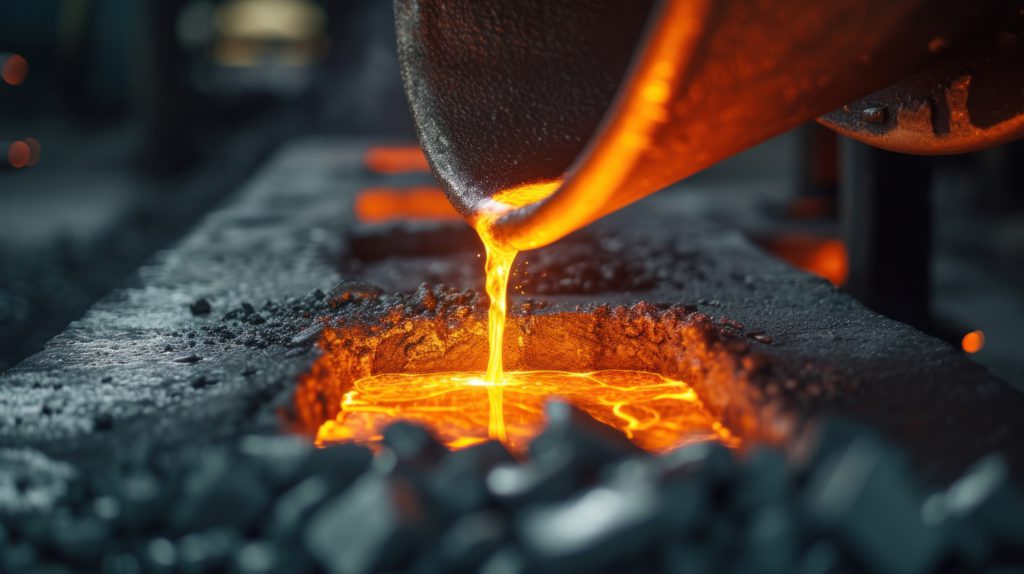
The copper market has awoken from its year-long slumber.
London Metal Exchange (LME) copper surged by 3.1% on Wednesday, breaking out of its long-standing range. The move extended on Thursday morning to an eleven-month high of $8,976.50 per metric ton.
The trigger for the price break-out is news that China’s copper smelters have agreed to curb output in response to a much tighter-than-expected raw materials market.
Spot treatment charges, which are the fees smelters earn for converting mined concentrates into metal, have collapsed in recent weeks as too many buyers chase too little material.
As the world’s largest buyer of concentrates, China is particularly exposed to the resulting squeeze on smelter margins.
China’s collective reaction has turned the market’s attention from weak global demand to copper’s stressed supply dynamics.
But to what extent it translates into less refined metal supply remains to be seen.
Smelter treatment charges say a lot about what’s happening in the upstream segment of copper’s supply chain and right now they’re flashing red warning lights.
Spot charges in China tumbled to $11.20 per ton last week, a near 76% drop in just two months and the lowest level since 2013, according to price reporting agency Fastmarkets.
The implosion in processing fees speaks to an acute shortfall of concentrates in the spot market.
The unexpected closure of First Quantum’s Cobre Panama mine at the end of last year has blown a 350,000-ton hole in China’s copper supply chain.
Some Chinese producers are insulated by annual supply deals, which were priced at a benchmark treatment charge of $80 per ton for this year’s shipments.
Others, particularly newer operators, are more dependent on spot supply and have evidently been scrambling to buy replacement tonnage, chasing treatment charges down to unprofitable levels.
In January China’s Nonferrous Metals Industry Association (CNIA) advised, opens new tab the country’s copper smelters they needed “to bring maintenance ahead of schedule or extend the maintenance time, to cut production and to postpone the commencement of new projects.”
Which is what they agreed to do this week at a well-flagged meeting to discuss the unfolding crisis. The collective commitment to curb output is intended to safeguard the “healthy development of (the) global copper smelting industry”, according to state research company Antaike.
There are no quotas for production cuts among the 19 Chinese operators at this week’s rare meeting. Rather, each producer will make their own assessment of what needs to be done.
In some cases the action has already likely been taken with maintenance downtime brought forward and unprofitable lines shuttered.
An average 11.5% of global smelting capacity was off-line in the first two months of this year, according to Earth-i, which uses satellite imagery to monitor plant activity rates. This is up from 8.6% last year and 8.0% in January-February 2022.
Tellingly, inactive capacity in top producer China averaged 8.3% this year, up from 4.8% last year, a much sharper jump than in the rest of the world.
Some Chinese producers, it seems, either voluntarily heeded the CNIA’s January call for sector restraint or were forced to by market reality.
Moreover, any promised curbs to output must be seen in the context of China’s rapid build-out of copper smelting capacity.
Treatment charges reflect not just the state of mine supply but also the volume of smelter demand.
China started up 780,000 tons of annual smelter capacity last year with another net 150,000 tons due this year, according to analysts at Macquarie Bank. (“Commodities Comment,” Jan. 16, 2024)
Macquarie estimates another two million tonnes of new or expanded capacity is also due to ramp up outside of China this year, increasing the pressure on concentrates availability.
Freeport McMoRan’s new Indonesian smelter, for example, will at full capacity soak up 1.7 million tons of concentrates, material that until now has been available for export.
The dramatic collapse in processing fees is as much a function of this new call on raw materials as it is of mine supply problems.
China’s production restraint may slow but is unlikely to reverse the country’s recent rapid output growth.
The country’s production of refined copper jumped by an eye-watering 13.5% year-on-year to 12.99 million tons in 2023, according to the National Bureau of Statistics.
And while analysts have adjusted their market balance estimates to factor in recent mine losses, most still think the refined market will be in supply surplus this year, albeit to a smaller extent than previously thought.
But market sentiment has palpably shifted.
The weak state of global manufacturing activity, not least in China, has kept copper locked in a sideways trading range for much of the last year.
Macro drivers, particularly interest rate expectations, have dominated the choppy price action.
The concentrates squeeze has refocused attention on copper’s micro dynamics of stretched supply and chronic under-investment in new mines.
Copper’s bull narrative has just been reactivated, even if China’s collective commitment to curb output may promise more than it delivers.
(The opinions expressed here are those of the author, Andy Home, a columnist for Reuters.)
(Editing by Sharon Singleton)
Comments